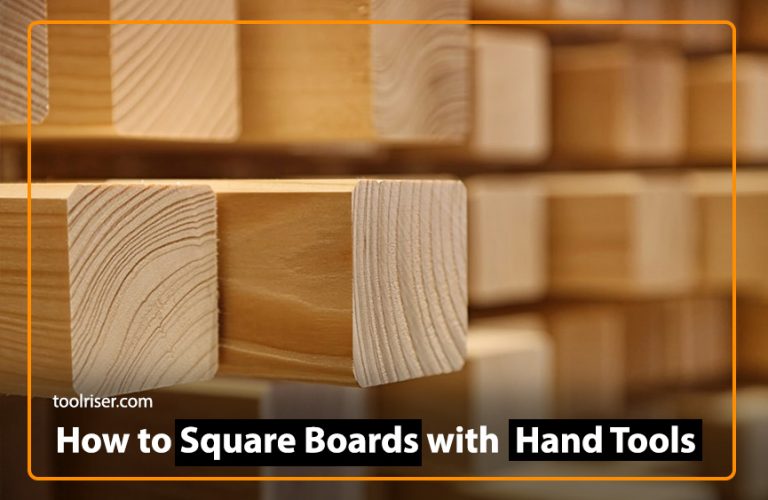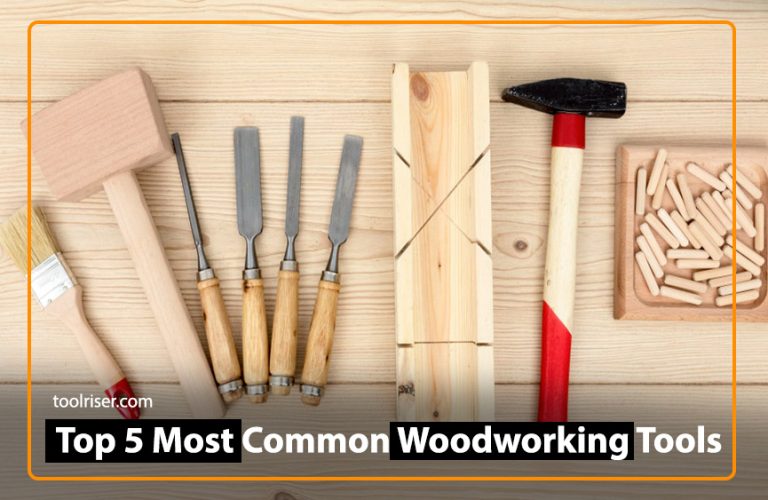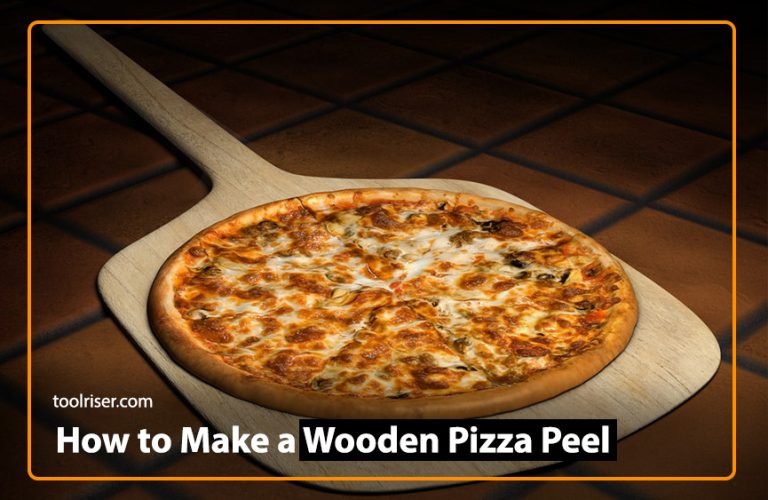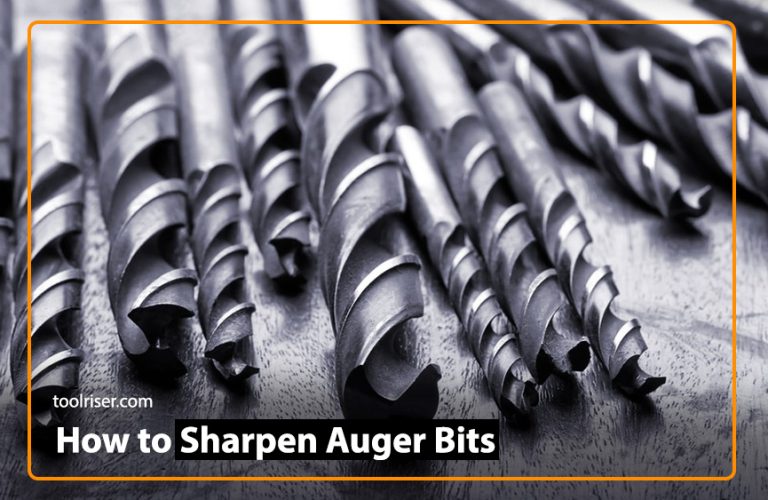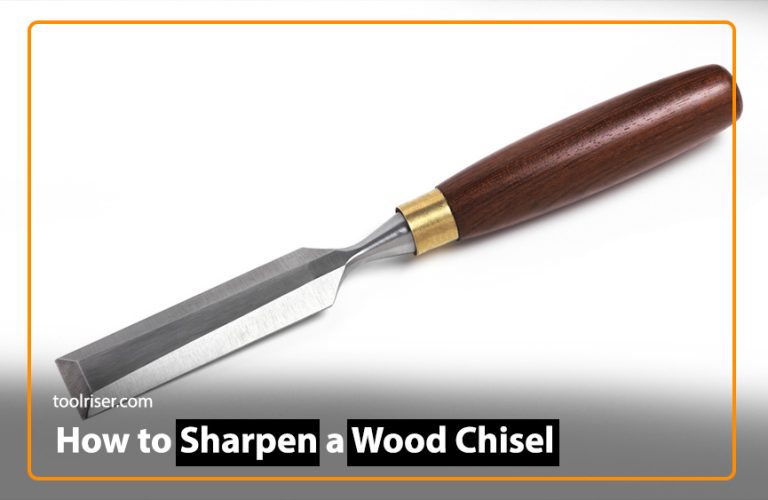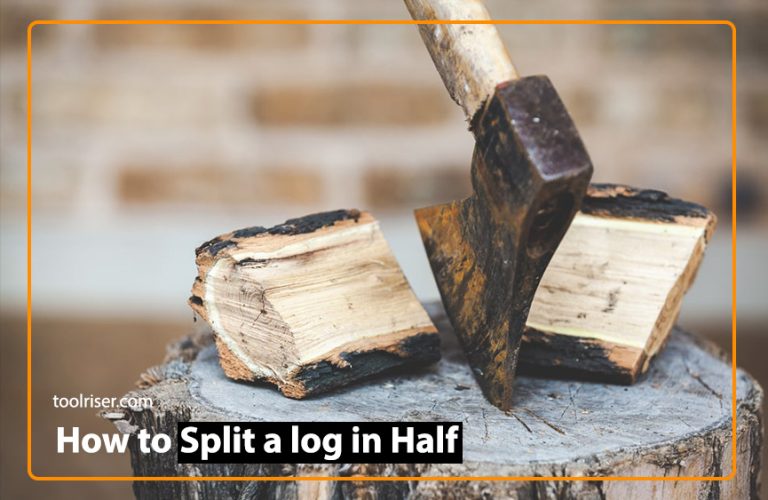What is Wood Scraper ? How to Sharpen a Wood Scraper: Guide 2024
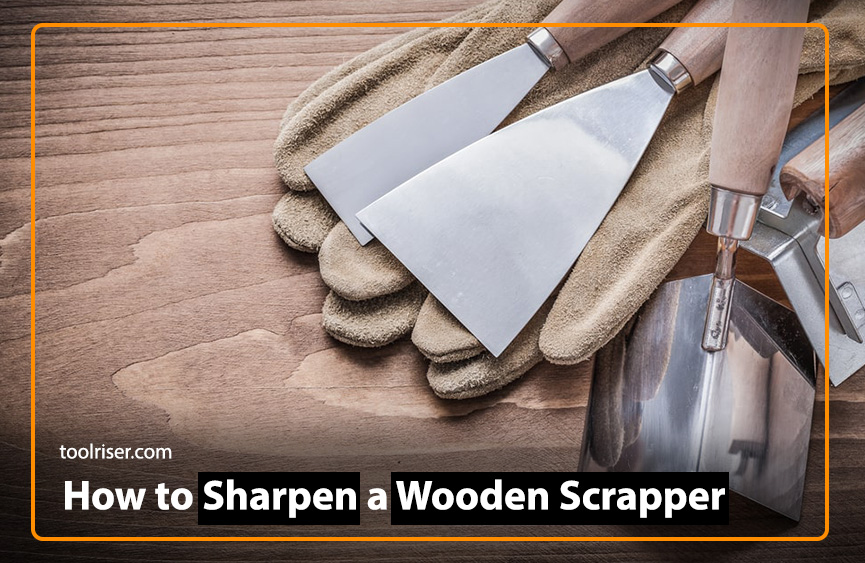
Wood scraping is a fundamental skill in woodworking, offering a precise and efficient way to smooth surfaces and remove imperfections. The wood scraper is a simple but versatile tool every woodworker must master. The wood scraper is a fantastic tool, helping to make wood smooth and perfect. But what is it exactly, and how do you sharpen it well? Let’s find out together as we learn about this vital tool and how to make it sharp. Whether you’re new to woodworking or have been doing it for a while, this guide will teach you valuable things to improve your woodworking. In this guide, we’ll teach about wood scrapers and the entire process of sharpening them effectively. We will also address common questions to help you refine your woodworking skills.
What is a Wood Scraper ?
A wood scraper is a hand tool used to remove thin layers of material from a wood surface. Unlike traditional cutting tools such as chisels or planes, scrapers work by shearing rather than cutting, resulting in minimal tear-out and a polished finish. It is often used for tasks like:
- Smoothing rough surfaces
- Removing glue or adhesive residue
- Leveling uneven areas
Wood scrapers are typically made of metal with a sharp blade, and they come in a diversified range of shapes and sizes to execute different tasks.
Tools and Materials Required
- Wood scraper
- Mill file or burnisher
- Honing stone or sandpaper
- Bench vise (optional)
- Flat surface (e.g., workbench)
Steps to Sharpen a Wood Scraper
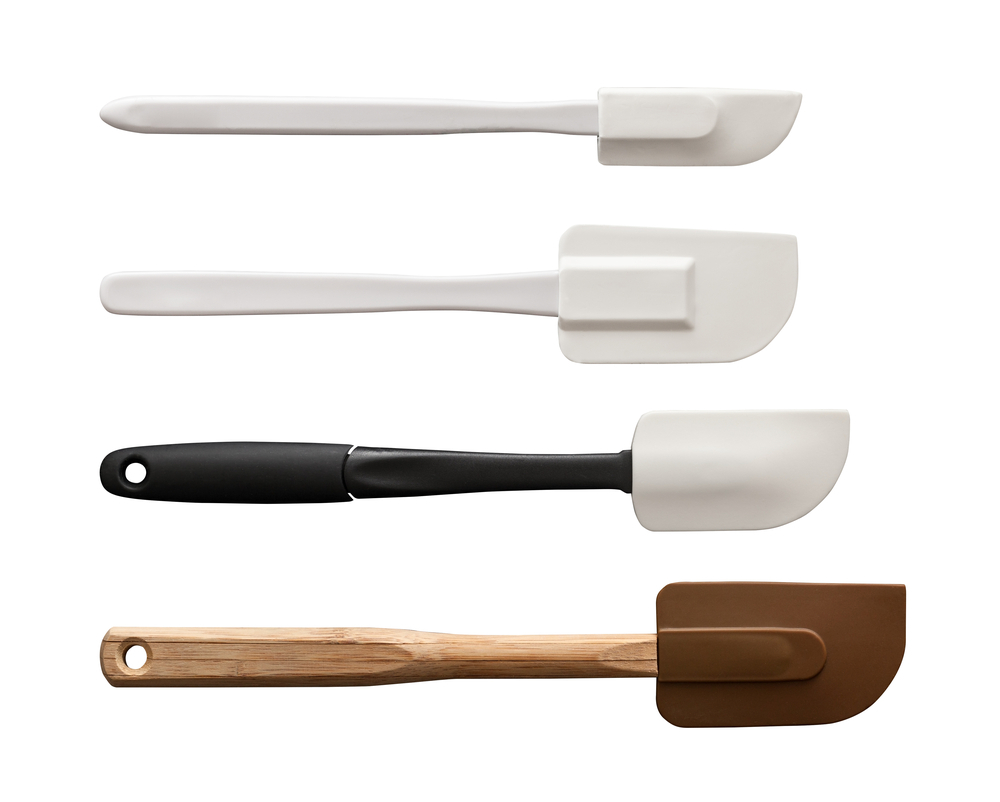
Step 1: Secure the Scraper
If using a bench vise, secure the wood scraper firmly to prevent movement during sharpening. Ensure that the cutting edge is easily accessible.
Step 2: Assess the Blade
Examine the scraper blade for any nicks, dull areas, or irregularities. Mark these areas if necessary for targeted sharpening.
Step 3: Initial Honing
Using a mill file or burnisher, work along the edge of the scraper at a consistent angle (typically 45 degrees) to create a burr. Apply firm but gentle pressure, maintaining a smooth throughout the entire length of the blade.
Step 4: Edge Smoothing
Once a burr is formed, lightly hone the edge with a honing stone or fine-grit sandpaper. This helps remove any roughness and refine the sharpness of the blade.
Step 5: Burr Removal
Gently turn the scraper over and repeat the honing process on the back side to remove the burr created in the previous steps. This ensures a clean, cutting edge.
Step 6: Final Inspection
Inspect the blade for sharpness and smoothness. Run your fingers along the edge to feel for any imperfections. Make any necessary adjustments or additional honing as needed.
Step 7: Test the Sharpness
Before using the wood scraper on your project, it’s a good idea to test it out on a piece of scrap wood first. This way, you can make sure the blade is sharpened correctly and ready to go.
If you want to read about the Best Corded Jigsaws for Woodworking, click here
Frequently Asked Questions (FAQs)
1. Can I sharpen a wood scraper without specialized tools?
Ans. While dedicated sharpening tools can streamline the process, you can achieve satisfactory results using basic tools like a mill file and sandpaper.
2. How often should I sharpen my wood scraper?
Ans. The frequency of sharpening depends on usage and the condition of the blade. Regular inspection and sharpening ensure optimal performance.
3. What angle should I sharpen my wood scraper?
Ans. A typical angle for sharpening a wood scraper is around 45 degrees. Experiment with slight variations to find the angle that works best for your projects.
4. Can I use a wood scraper on hardwoods?
Ans. Yes, wood scrapers are suitable for use on various wood types, including hardwoods. However, adjustments to sharpening techniques may be necessary for different materials.
5. How do I maintain the sharpness of my wood scraper?
Ans. Proper storage and regular honing are key to maintaining the sharpness of your wood scraper. Avoid dropping or mishandling the tool to prevent damage to the blade.
6. Can I sharpen a dull wood scraper?
Ans. Yes, with patience and proper technique, even a dull wood scraper can be sharpened to restore its cutting edge. However, extensive damage may require professional sharpening or blade replacement.
Final Thoughts
Mastering the art of sharpening a wood scraper is essential for any woodworker seeking precision and finesse in their craft. By following these detailed guidelines, you can make sure that your wood scraper becomes super essential tool for your woodworking projects. It will consistently produce smooth and professional results whenever you use it.

